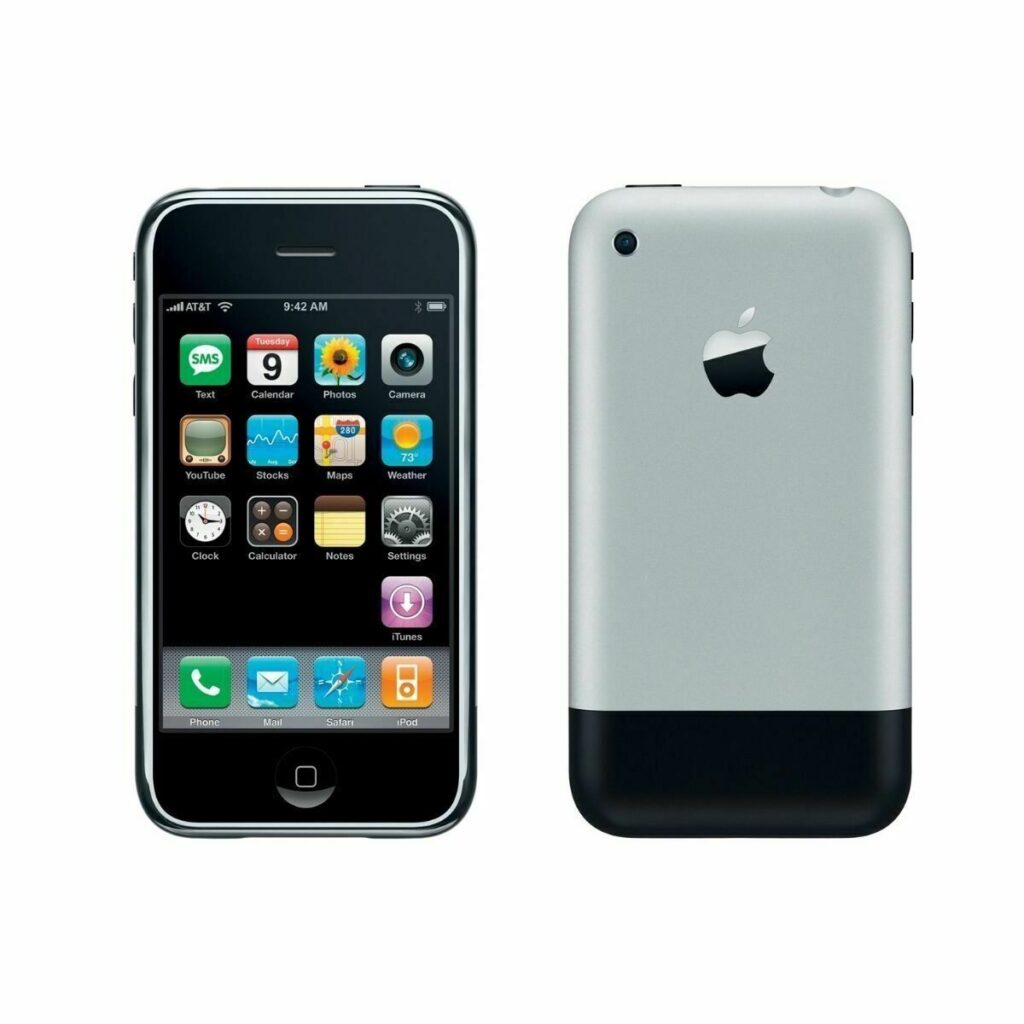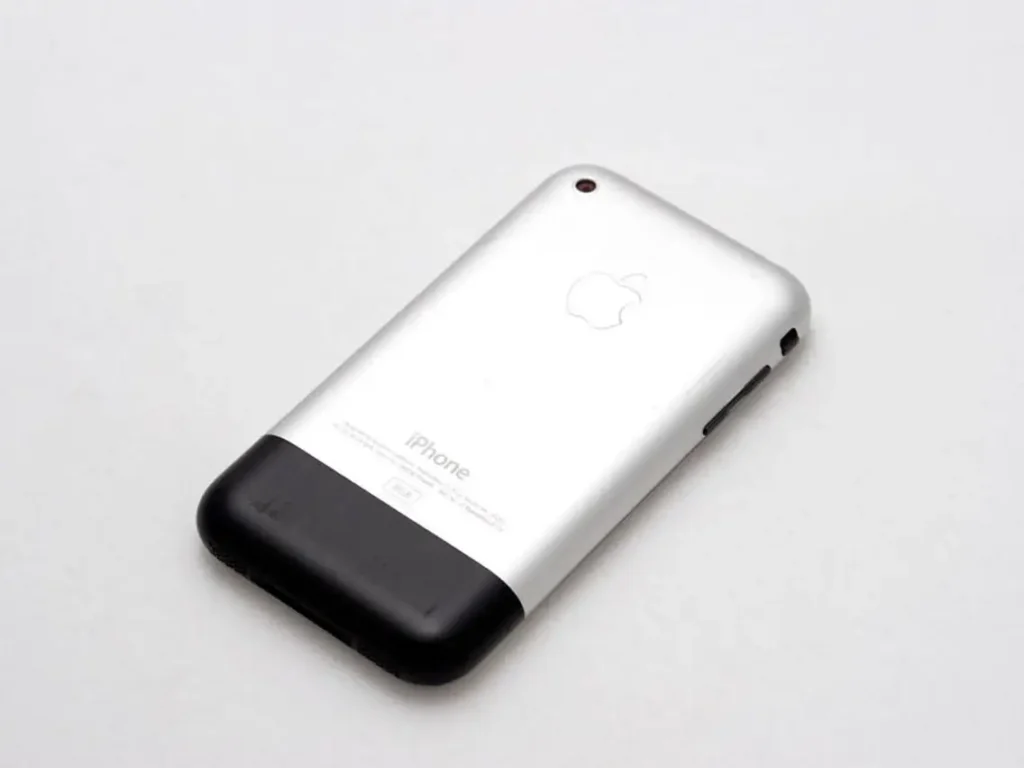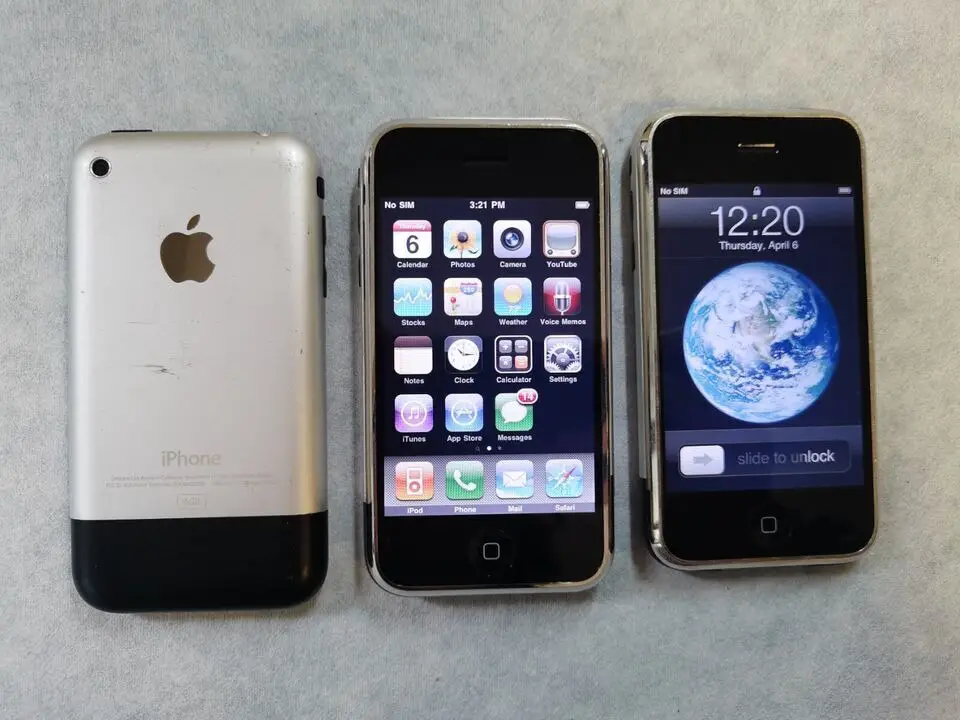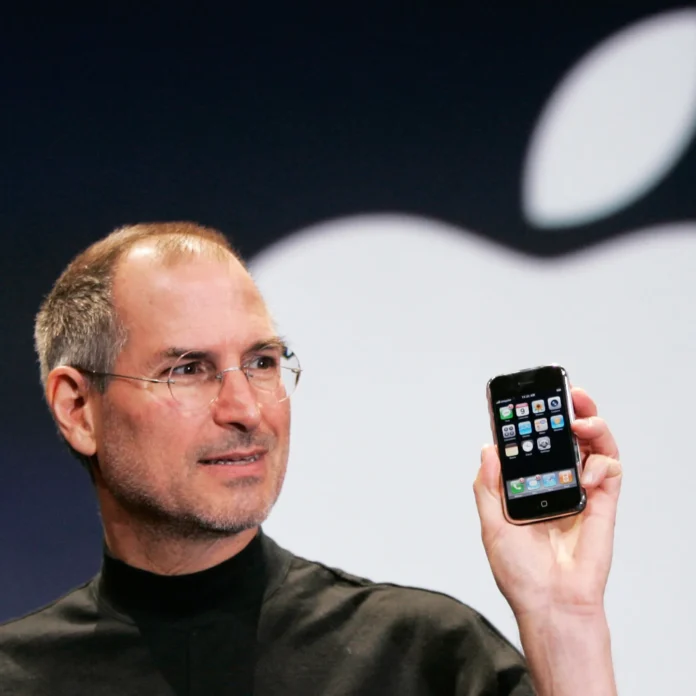The Very First iPhone
The very first iPhone, also known as the iPhone 2G, iPhone 1, or the original iPhone, was a groundbreaking device that changed the world of mobile phones. It was the first smartphone designed, developed, and marketed by Apple Inc.
Announcement and Release
After many years of rumors and guesses about what Apple was working on, the iPhone was officially announced on January 9, 2007. People were very excited to finally see what Apple had created. The first iPhone was released in the United States a few months later, on June 29, 2007.

A New Era in Mobile Phones
This first iPhone model introduced many new features and set the standard for smartphones. It had a sleek design, a touchscreen you could interact with using just your fingers, and it combined a phone, a music player, and an internet browser all in one device. The original iPhone paved the way for all the amazing smartphones we use today.
What Makes the iPhone Great
- Awesome Display: The iPhone has a fantastic screen that shows bright and clear pictures and videos. It’s easy to see everything on it.
- Cool Design: The iPhone looks super sleek and modern. It feels nice to hold and use.
- Touchscreen Magic: The way you use the iPhone is really cool. You just touch the screen to make things happen. It’s fun and different from regular phones.
- Web Browsing with Safari: The Safari browser on the iPhone makes surfing the internet easy and fun. Websites look great on it.
- Easy Apps: The iPhone has lots of apps that are simple to use. You can do all sorts of things with them.
- Amazing Music Player: The iPhone can also be used as an iPod. It plays music really well and sounds great.

What Could Be Better
- Call Quality: Sometimes, the sound during phone calls isn’t the best. It can be a bit unclear.
- Missing Features: The iPhone doesn’t have some things that other phones do, like stereo Bluetooth support and a faster data network.
- Limited Memory: For an iPod, the iPhone doesn’t have a lot of storage space. You can’t store a ton of songs.
- Syncing Music: To manage your music, you have to connect the iPhone to a computer and sync it. It’s not very convenient.
Overall Thoughts
Even though the iPhone is missing some features and sometimes has slow internet, it’s still a groundbreaking device. It combines a phone and a music player in a new and exciting way. The way you use it, with its touch screen and sleek design, is what makes it special.

The iPhone’s Display: A Showstopper
The iPhone’s display is the star of its design. It not only shows things beautifully but also lets you interact with them in a unique way. Ever since Apple announced the iPhone at Macworld in 2007, people have been curious and excited about it. Apple kept many details secret for a long time, but now we know more about what makes it special.
Is the iPhone Pretty?
Absolutely! The iPhone looks great with its slim profile, clean lines, and lack of buttons. It stands out even among other stylish phones like the LG Prada and HTC Touch. When you carry an iPhone, people will notice and be impressed.
Is the iPhone Easy to Use?
Definitely! The touchscreen is easier to use than we expected. It’s fun to tap and swipe to navigate the phone and use its features.
Does It Live Up to the Hype?
Not entirely. While the iPhone is a lovely device with a sleek interface and top-notch music and video features, it lacks some important things. For example, it relies on a slow EDGE network for internet, and call quality can be inconsistent.
What Are the Drawbacks?
The iPhone has some notable shortcomings:
- Missing Features: It lacks multimedia messaging and a fast 3G network.
- Call Quality: As a phone, it sometimes disappoints with variable call quality.
- Contract and Cost: It locks you into a specific two-year contract with AT&T and costs $599 for the 8GB model and $399 for the 4GB model, which is quite expensive.

Design and Build
Dimensions and Feel
The iPhone measures 4.5 inches tall, 2.4 inches wide, and 0.46 inches deep. It feels smaller than you might expect when you hold it, fitting comfortably in your hand and to your ear. It weighs 4.8 ounces, giving it a solid, slightly weighty feel. The display is made of glass, not plastic, which adds to its premium feel.
Touchscreen
The iPhone has a generous 3.5-inch display with a resolution of 480×320 pixels (160 dots per inch). This translates into brilliant colors, sharp graphics, and fluid movements. The touchscreen and software interface are easier to use than expected. You don’t even miss a stylus! Despite the lack of tactile feedback, tapping the screen to activate functions and interact with the menu is simple and quick. The display does attract smudges, but they don’t get in the way of what you’re viewing.

Onscreen Keyboard
The onscreen keyboard is quite usable. Typing messages is relatively quick, and even with big fingers, you can tap the correct letters. The integrated correction software helps minimize errors by suggesting words as you type.
Interface Challenges
While the interface is user-friendly, it has some room for improvement. For example, when typing an email or text message, the keyboard only appears when you hold the iPhone vertically. Also, the lack of buttons means you have to tap a lot to navigate the interface. Since there are no dedicated “Talk” and “End” buttons, you have to tap multiple times to find these features. The same goes for the music player; you have to open the player interface to control your tunes. For multitaskers, this can be a bit tiresome.
Multitouch Technology
The iPhone’s display is remarkable for its multitouch technology. You can move your finger in different ways to manipulate what’s on the screen. For example, you can magnify text by pressing and holding over a selected area. As long as you don’t lift your finger, you can move your “magnifying glass” around the text. You can zoom out by pinching your fingers together and zoom in by doing the opposite.

Wrap-up
The iPhone is a beautiful and innovative device, but it has some notable limitations. While its display and interface are impressive, and it excels as a music and video player, it falls short in call quality and lacks some basic features found in other phones. If you are an early adopter who loves cutting-edge technology, you might already have an iPhone. But if you’re undecided, it might be worth waiting for the next generation, which could address these shortcomings and offer even more features.
